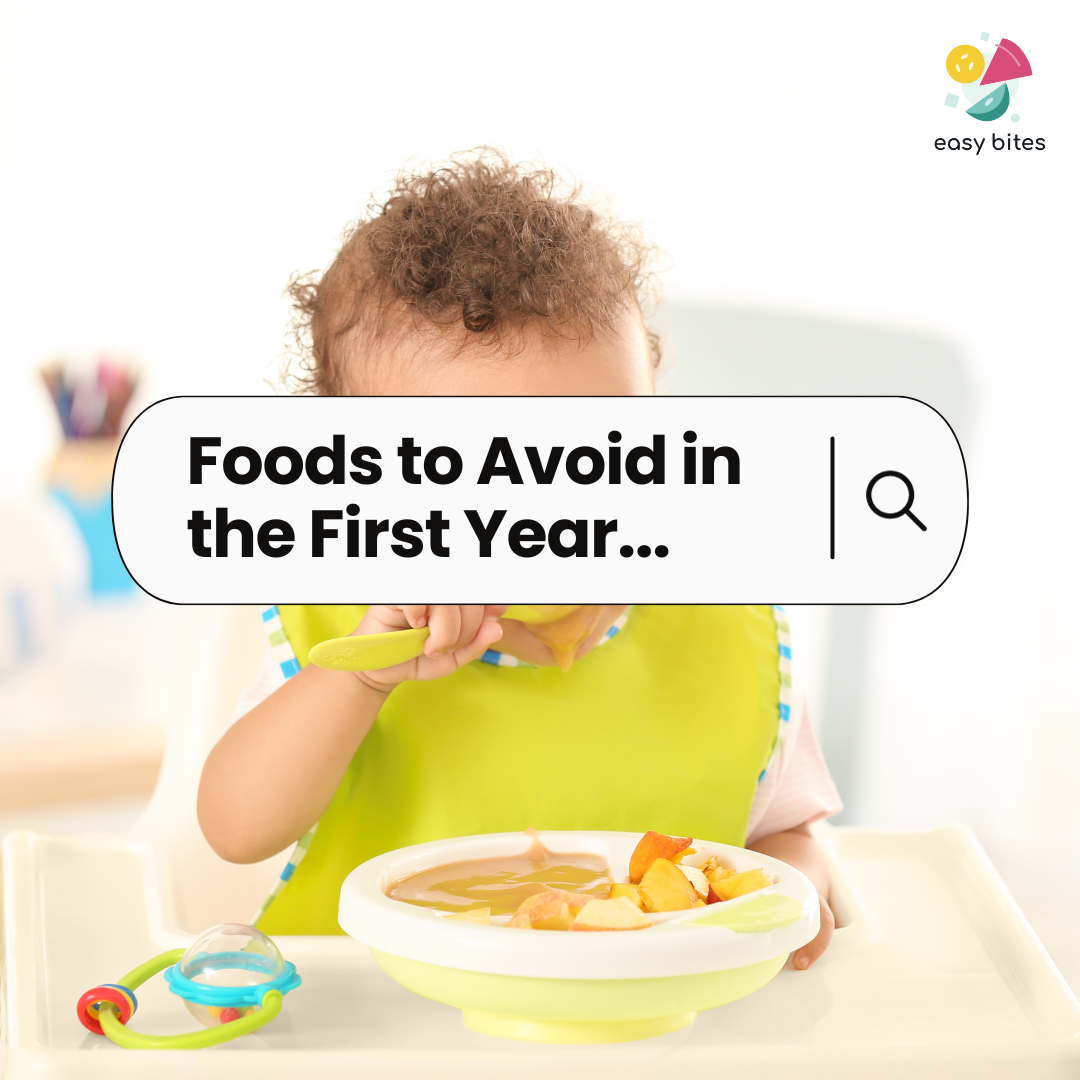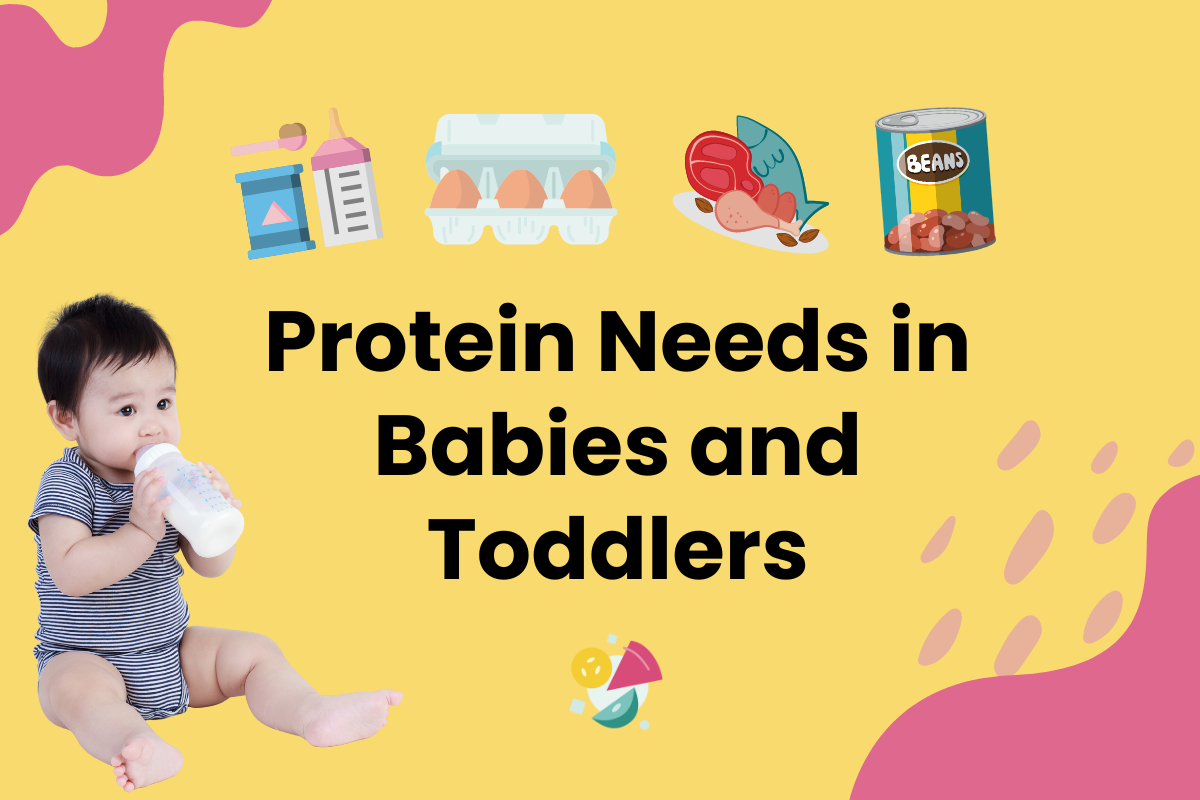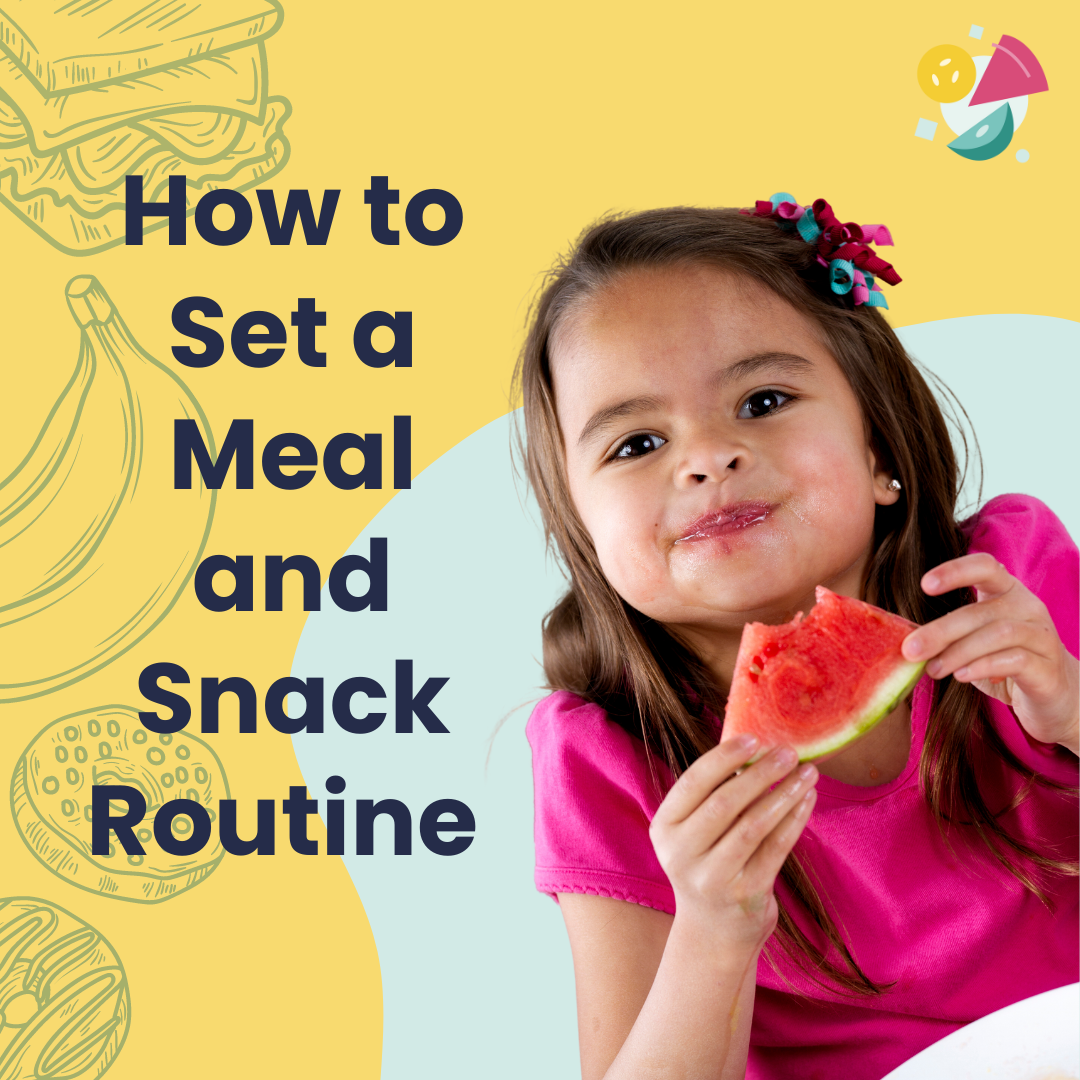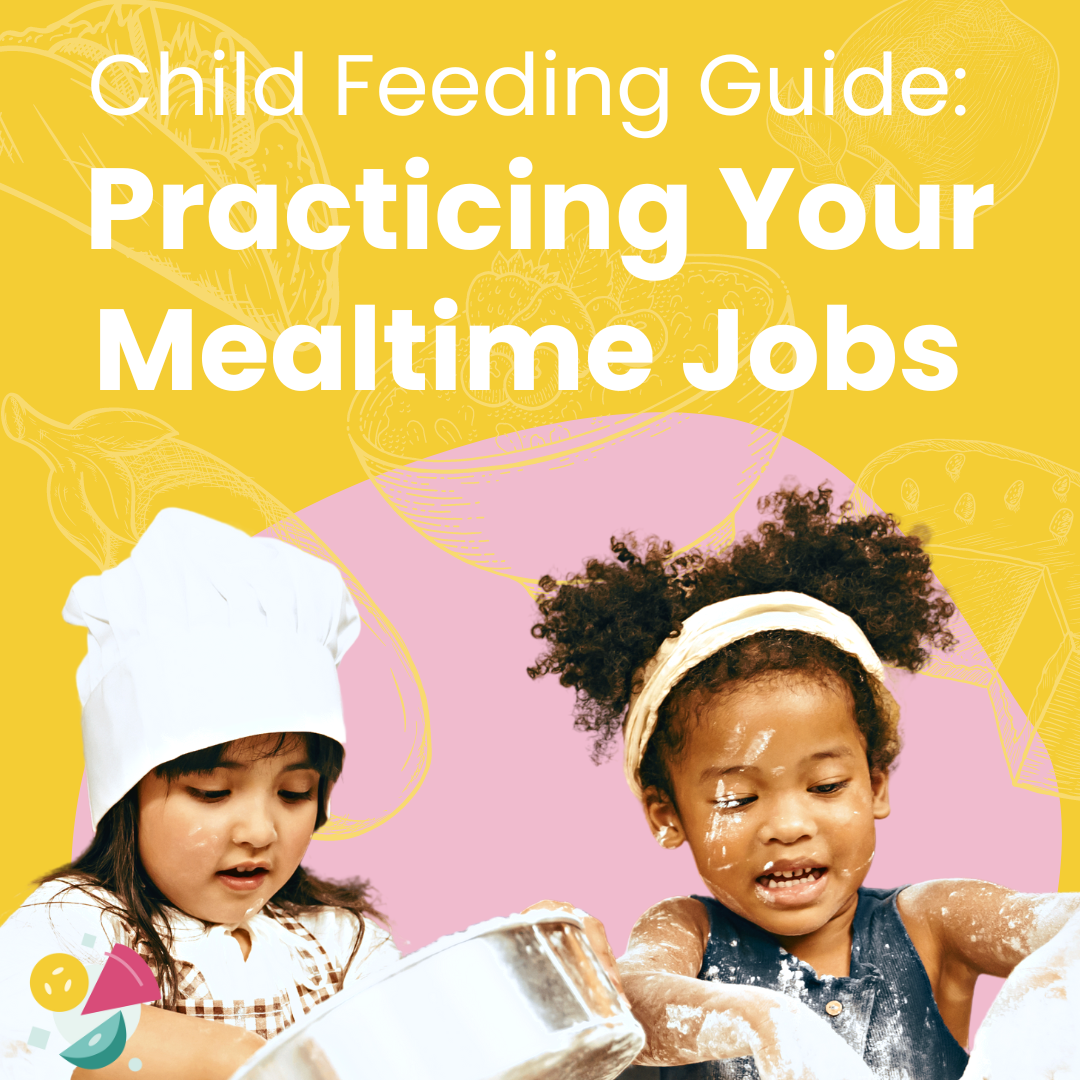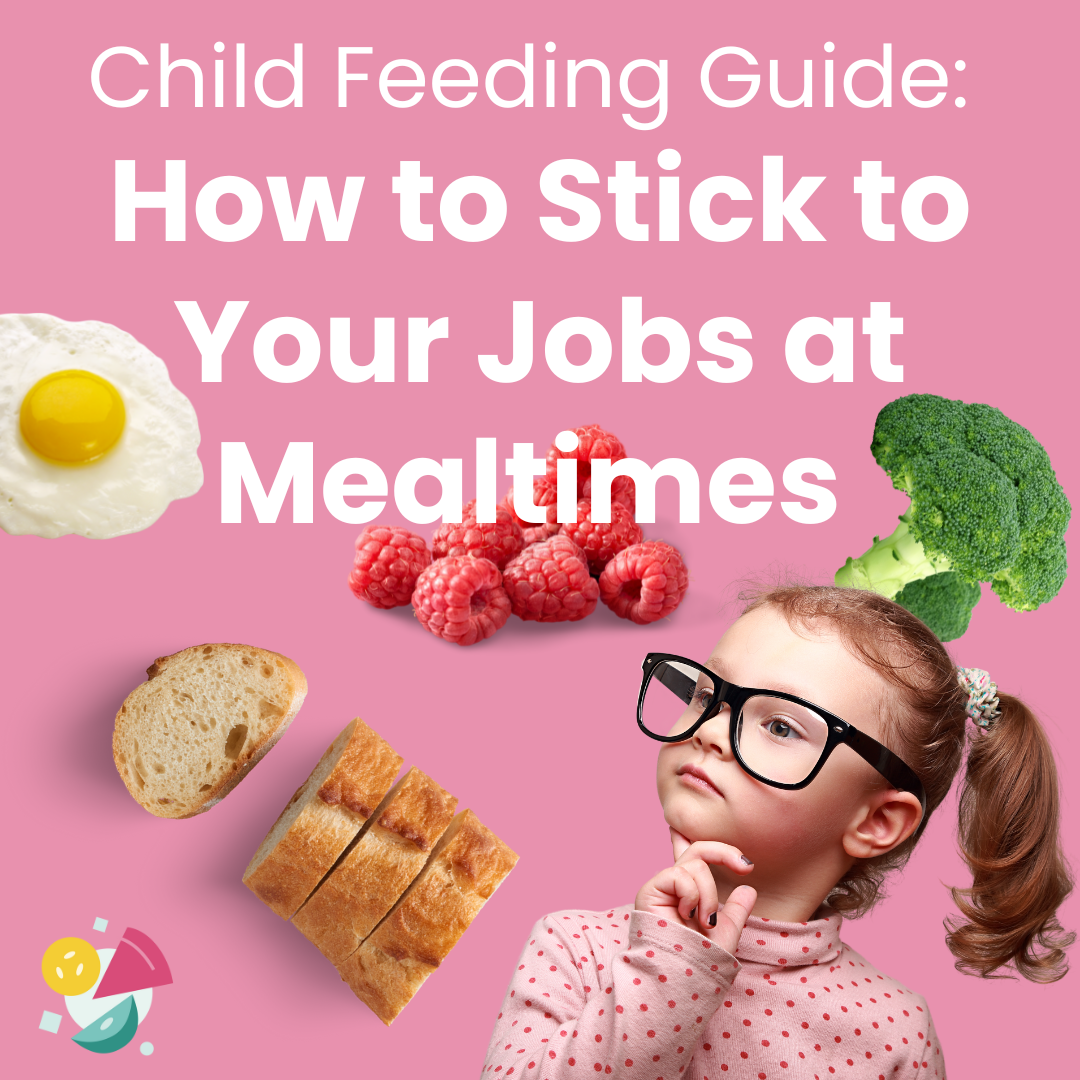Bringing together nutrition, psychology, and community to help make family mealtimes happy, healthy and easy.
Created by our team of experts and designed for all members of the family - from the busiest parents to the 'pickiest' eaters.
Foods to Avoid in the First Year
As parents, it is our responsibility to provide nutritious diet and safe foods, especially during the first year. When introducing solid foods, please be aware that certain foods that may pose potential risks to your baby's health and well-being.
In this updated article, we will explore the latest evidence-based recommendations about when feeding your baby in their first year. By staying informed and following these guidelines, you can significantly minimize potential health concerns during the first year.
Protein Needs in Babies and Toddlers
As parents, we strive to provide our little ones with the best nutrition for their growth and development. When it comes to protein, there are some important considerations to keep in mind for infants and toddlers. In this article, we will explore the protein needs of babies, the role of breastmilk and formula, the potential risks of excessive protein intake, and the natural changes in protein consumption as toddlers grow.
Did you know that babies and toddlers need very little protein?
What is the flexible approach to solids?
Some parents choose the conventional/puree approach and others experiment with Baby Led Weaning. Both methods can work great when the parents are guided by their baby’s unique development.
And guess what? It is also okay to mix both!
Using the flexible approach in a responsive way may be the most feasible solution for busy families.
BLW vs The Traditional Approach to Starting Solids
If you had a baby 10 years ago or earlier, it would have probably never occurred to you to offer them finger foods when you are just starting solids. The mainstream strategy was to begin with thin, smooth purees at around 4 months, then gradually upgrade the texture to thicker and lumpier foods before introducing bite-sized finger foods at around 9-10 months. More recent recommendations focus on starting solids closer to 6 months with a focus on a variety of textures.
Baby Led Weaning (BLW) is different from the traditional spoon-feeding approach to solids. The term was coined by Ms. Gill Rapley, co-author of “Baby-led Weaning: The Essential Guide to Introducing Solid Foods.”
Does Baby Led Weaning help prevent picky eating?
Baby Led Weaning (BLW) is an approach to complementary feeding that involves offering infants the opportunity to self-feed finger foods and family foods, rather than being spoon-fed purees. The concept is based on the belief that infants can regulate their food intake and self-select nutritious foods 😋 if given the opportunity to explore and learn about different textures, colors, and tastes through their own experiences.
Some studies show that this approach may have potential benefits in terms of preventing picky eating.
Starting Solids with the Responsive Feeding Approach
As parents, we want to provide the best start in life for our little ones, and introducing solid foods is an exciting milestone.
One approach gaining popularity is responsive feeding, which focuses on nurturing a positive and healthy relationship with food right from the start.
In this article, we will explore what responsive feeding is, delve into the research-backed benefits, and provide practical tips on how to feed your baby responsively using both spoons and finger foods.
Nutritional Tips for Preventing Cavities in Children
What immediately comes to mind when you think of teeth and cavity prevention? Sugar, sugar, sugar. You've likely heard that the best way to prevent cavities for your child is to cut out all sugars as much as possible, and let's be honest, that seems downright impossible.
Research has shown that the timing and frequency of consuming those foods and drinks deemed cariogenic (cavity-causing) might matter more than the amounts.
How to Set a Meal and Snack Routine
Life is hectic and trying to stick to a plan is a challenge. Believe it or not, having no routine is worse - and more stressful for kids! Children thrive on predictability and structure. This doesn’t stop you from spontaneously going to a barbeque next door - being flexible is fine. But having a consistent day-to-day routine is the key to eating success.
Adapting to a routine takes time and effort, however, it will be worth it! Give your child and yourself time to become accustomed to the new routine. Write it down or hang it up on your fridge! Make the routine become a part of your daily life.
How to Talk About Food with Children?
So, how DO we talk about food? There is a lot of fear and confusion surrounding food - what to say and what not to say. In order to support your child's relationship with food, let's break down the basics. First, it's important to note that all food has a purpose regardless of whether you perceive it as "healthy" or "unhealthy."
Five Facts and Five Myths About How Toddlers Eat
As adults, we need a pretty consistent amount of food each day, and the majority of us* tend to eat all or most of the food we fix ourselves (or get served or buy) at each meal and snack. This predictable pattern of eating is our ‘normal’, so it’s no surprise that it may inform what we expect of our little ones. But what many parents don’t know is that young children eat in a very different way from adults.
The Science-Backed Path to Better Child Nutrition
In our last post about the Division of Responsibilities (DoR) we talked about how sticking to your jobs supports your child’s autonomy, helps them eat the amount they need, and puts an end to mealtime battles. We also put this theory into practice.
In this post, we are going to talk about why and how sticking to your mealtime jobs works and what you can expect if you keep at it. If you haven’t read Parts 1 and 2, take a look before you read on. If you’ve been keeping up, then read on for the DoR finale!
Practicing Your Mealtime Jobs for Better Child Nutrition
In our last post about the Division of Responsibilities (DoR) we talked about how when it comes to mealtimes, it is the parents’ job to decide the what, when, and where of meals and snacks. Once you have provided food you know your child can eat, it is your kid’s job to decide how much, and whether to eat it.
Sticking to your jobs supports your child’s autonomy, helps them eat the amount they need, and puts an end to mealtime battles. But we know that reading about how to do something, is easier than actually doing it. So, In this post, we are going to put theory into practice.
How to Stick to Your Jobs at Mealtimes for Better Child Nutrition
Just like an office job - mealtimes are stressful if you’re not sure what your role is or what your team expects of you. If your child doesn’t know what is expected of them, it can be stressful for them too! A clear job description for parents and children takes the stress off everyone.
Consistently sticking to your job and trusting kids to do theirs, reduces mealtime battles and helps kids eat better!
Family Style has arrived!
Welcome to Family Style - your personal child nutrition and feeding guide.



